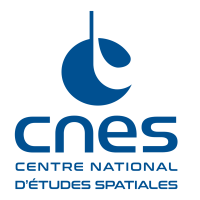Lancés en décembre 2011 et 2012, les deux satellites du système d'imagerie spatiale à haute résolution Pléiades sont capables de fournir des clichés en couleur de n’importe quel point du globe en moins de 24h. Les images, d’une résolution de 70 cm ré-échantillonnées au sol à 50 cm, sont destinées aux acteurs civils et militaires.
Informations essentielles
| Mission | Observation de la Terre et acquisition d’images à très haute résolution |
|---|---|
| Domaine CNES | Défense ; Observation |
| Date de début | Lancement du 1er satellite le 17 décembre 2011 |
| Partenaires | Airbus Defence & Space, Thales Alenia Space. |
| Lieu | Orbite héliosynchrone basse à 694 km d'altitude |
| Durée | 15 ans |
| Statut du projet | En exploitation |
Chiffres clés
- 2 satellites dans la constellation
- 180° : écart entre les 2 satellites sur la même orbite
- 980 kg : masse de chaque satellite
- 600 images : nombre d’images prises par chacun des satellites chaque jour
Dates clés
- 31 décembre 2026 : Fin prévue de la mission des satellites Pléiades-1A et Pléiades-1B
- 11 décembre 2012 : Premières images par le satellite Pléiades-1B
- 2 décembre 2012 : Lancement du satellite Pléiades-1B par Soyouz
- Janvier 2012 : Premières images par le satellite Pléiades-1A
- 17 décembre 2011 : Lancement du satellite Pléiades-1A par Soyouz
- Novembre 2009 : Livraison des modèles de vol par Thalès Alenia Space à Airbus Defence & Space pour intégration
- Avril 2002 : Revue de définition du projet
Le projet en bref
Observer et cartographier la surface de la Terre avec une résolution de 70 cm seulement, telle est la prouesse quotidiennement réalisée par Pléiades depuis décembre 2011.
Le système Pléiades est venu compléter la capacité d’observation des satellites Spot, qui balaient un champ géographique plus large que Pléiades, mais au prix d'une résolution spatiale moins fine. Dotés de détecteurs extrêmement sensibles, les instruments optiques des satellites nécessitent un temps d’exposition réduit pour la production de chaque cliché. La très grande agilité des plateformes permet par ailleurs de minimiser les conflits de programmation et ouvrent la voie à de multiples modes d'acquisition d’images (stéréo, mosaïques, corridor, etc.). Le système est ainsi capable de produire un grand nombre d’images (500 par jour et par satellite).
Sur toute la durée des deux missions, les images acquises par les deux Pléiades sont collectées sur les centres utilisateurs, à Creil pour les armées françaises et à Toulouse pour Airbus Defence & Space, le distributeur exclusif mondial pour les utilisateurs civils.
Rôle du CNES dans le projet
Maître d'œuvre de l'ensemble du système Pléiades, le CNES a confié la maîtrise d'œuvre des satellites à Airbus Defence & Space et la réalisation de l’instrument optique à Thales Alenia Space.
À l'origine, Pléiades a été développé dans le cadre du programme franco-italien Orféo (Optical and Radar Federated Earth Observation), un dispositif d'observation spatiale dont Pléiades (France) est la composante optique, et Cosmo-Skymed (Italie) la composante radar.
Contacts CNES
Cheffe de projet
Sylvia SYLVANDER
Courriel : sylvia.sylvander at cnes.fr
Responsable thématique Biosphère Continentale du CNES
Philippe MAISONGRANDE
Courriel : philippe.maisongrande at cnes.fr


